The United Votes of Hindus
Attacks on their culture and beliefs have made Indian Americans more politically aware and willing to reconsider traditional choices in a hard-fought election
 Rajeev Deshpande
Rajeev Deshpande
 Rajeev Deshpande
Rajeev Deshpande
 |
30 Aug, 2024
|
30 Aug, 2024
/wp-content/uploads/2024/08/UnitedVotesofHindus1.jpg)
A Ram Mandir float at the 42nd India Day Parade in New York, August 18, 2024 (Photo: Alamy)
THE SMALL BUT prosperous city of Cupertino in California is best known for being the home of technology giant Apple, a formerly agricultural community that transformed into Silicon Valley. With a median household income of close to $200,000 and a population of a little more than 60,000, it is hardly fertile ground for protest, its Mediterranean climate and refined neighbourhoods more suggestive of a provincial idyll and the good life. Yet, in July 2023, Cupertino’s Mayor Hung Wei signed a proclamation opposing any law that might stigmatise or stereotype any group of residents by the use of negative terms such as ‘caste’. The city council declared that it takes “immense pride” in 70 per cent of its population being Asian American and that it is committed to fostering inclusivity and dignity for all individuals and vigorously opposes legislation that racially or ethnically profiles any segment in a manner that is violative of their civil rights.
The reason for consternation among the Indian Americans of Cupertino and other cities in the San Francisco Bay Area was Bill SB 403 that was introduced, incongruously enough, by a Democrat Afghan American rookie state senator, Aisha Wahab, in the California Assembly. Soon after the Bill to ban “caste discrimination” was passed in September 2023, a concerted effort by Indian Americans to lobby their case and bring out the misrepresentation in the Bill and weaknesses in arguments comparing caste with race saw California Governor Gavin Newsom vetoing the Bill as unnecessary, citing existing laws prohibiting discrimination based on ancestry. It had been a close call though. Recalling the hurdles the Indian community faced in convincing legislators about the distortions of the Bill that essentially claimed upper-caste Hindus had “imported” caste discrimination against Dalits to the US, requiring specific action, Muni Madhdhipatla, a technology executive based in Cupertino, said the role of elected Indian Americans in the California Assembly was disappointing. One was a committed pro-Khalistan individual with no interest in backing the protesters. The other, Ash Kalra, the only Hindu American in the California legislature, supported the Bill. “We realised we needed to educate and inform the authorities ourselves. While we were able to convince several key persons, including the governor, that the Bill was a gross misrepresentation, we were asked why Indian-origin legislators were not supportive,” Muni said.
Indian Americans supportive of a float depicting the Ram Mandir in this year’s parade to celebrate India’s Independence Day prevailed in overcoming opposition, arguing that they have a right to their beliefs and forms of representation
The “caste Bill” moved by Wahab was based on claims that South Asian Californians, particularly those of Hindu descent, were practising discrimination on the basis of caste, and sought to declare a class as “oppressed”, which would as a consequence make those not defined as victims “oppressors”. The backers of the Bill included Equality Labs, which states that its objectives are to dismantle caste apartheid, gender-based violence, Islamophobia and religious intolerance—along with groups like the Ambedkar King Study Circle. The case made out was that caste-based discrimination against Dalits is a reality among South Asians. The import of the SB 403 event has begun to sink into the Indian American community, giving rise to a new wave of Hindu advocacy and activism. “The Indian community has adopted an honest work ethic and is assimilative, willing to be part of the host country’s culture, and cherishes equal protection under the law for everyone,” Muni said, adding he was infuriated by blithe and inaccurate comparisons of the caste system with slavery. After the SB 403 law was vetoed, an event was organised by supporters of the Bill. The meeting was attended by a few participants and was addressed by a professor who spoke of the need to counter discrimination without offering much evidence about how this was a factor in the South Asian workforce in California. The passage of the Bill, despite its many infirmities, is a powerful indicator of how the political debate in much of the US has come to be dominated by a binary between the ‘oppressed’ and the ‘oppressors’ and is a template to judge issues irrespective of the appropriateness of the context or relevance.
Suresh Krishnamoorthy came to the US in 1988 not long after completing his engineering degree from IIT, Madras, and stayed on to pursue a successful career in finance and computers before recently retiring from JP Morgan. He traces the trajectory of the caste issue, examining how it came as a shock to most Indian Americans who have long left Indian shores. “It was not as if many of us came from affluent backgrounds. I shared a room with my parents and my siblings, a family of five, and came to the US to making a living,” he said. For young men like Krishnamoorthy, the politics of his home state Tamil Nadu seemed less likely to offer a fair shake and the US opened vistas that did not exist in India at the time. The caste discrimination allegations levelled against tech multinational Cisco engineers Sundar Iyer and Ramana Kompella, on the basis of an anonymous complainant who said he was denied promotions and bonuses, was a turning point for many Indian Americans who generally kept a distance from politics and controversy, said Krishnamoorthy. He points out that the decision of the California Civil Rights Department (CRD) to dismiss its case against the Cisco senior employees was hardly noticed. The two engineers were subjected to ad hoc investigation following the allegations that were levelled in 2020. Later, Iyer told the media that the CRD had wilfully ignored evidence such as emails and HR records that there was no discrimination but chose to target him. The case against Iyer and Kompella fell through—though it continues against Cisco—but the damage had been done. “Two Indian Americans endured a nearly three-year nightmare of unending investigations, a brutal online witch hunt, and a presumption of guilt in the media after the CRD sullied their reputation alleging that they engaged in discrimination based on caste,” Suhag Shukla, executive director of the Hindu American Foundation (HAF) said in a statement. Such incidents and growing evidence that instances of disparaging references to Indian and Hindu customs and traditions in class work in middle school, and a growing number of attacks on temples by Khalistanis, may not be mere coincidence saw Krishnamoorthy, a co-founder of the Coalition of Hindus of North America (CoHNA), take up advocacy as a serious interest.
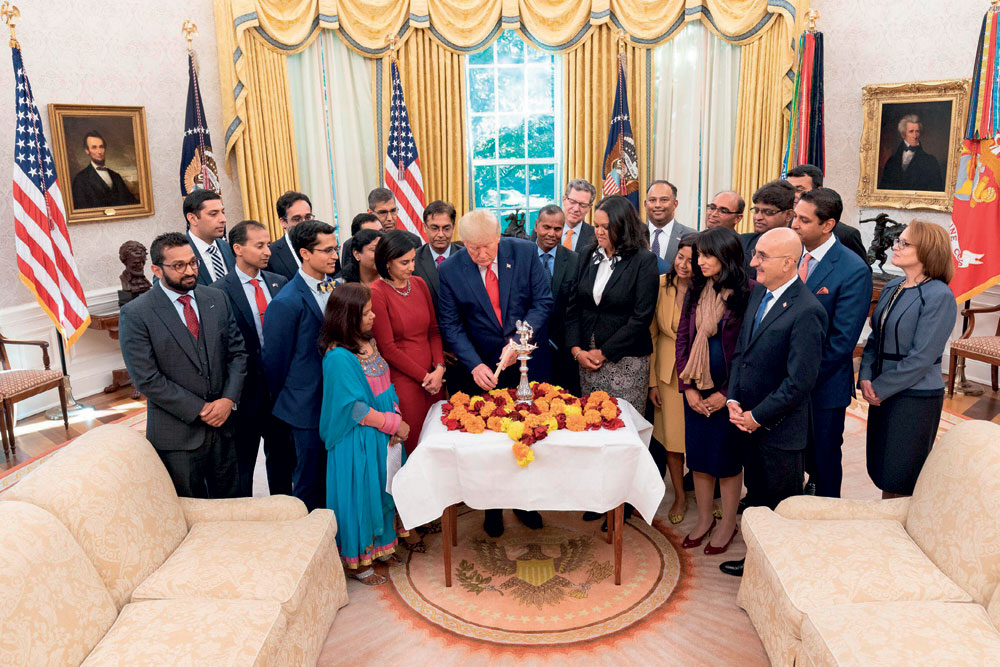
The preference for Democrats was also based on the anti-immigrant line Republicans often adopted. Former President Donald Trump does so too, but he successfully made inroads into the Indian American community in 2016, holding out the promise of policies that encourage economic growth
Krishnamoorthy believes that the 9/11 attacks became a turning point for many communities. There was a backlash against Islam and some non-Muslims also got caught in the turbulence— there were instances of Sikhs with Namdhari turbans being shot for the alleged resemblance of their headgear with Osama bin Laden’s turban. Muslim groups began to organise to resist labelling and what they called systemic “Islamophobia”. Indian Americans on the whole remained wedded to their professional lives, keeping their heads down and out of the limelight. “Mainly, Indians came here in three streams. There were the engineers and people working STEM-related areas. They by and large had no strong political preferences. There were others who had family and business backgrounds and were very focused on running their enterprises and expanding their businesses. Those who came to study humanities and streams like political sciences might have had their affinities,” said Krishnamoorthy. The narratives became more challenging with the emergence of Islamist, woke and Khalistani opinion that often saw a common cause in targeting Hindu customs and activists as being part of the “Hindutva” bandwagon. This was an extension of the political and ideological battles in India but found expression in the manner in which Indian “oppression” in Kashmir was conflated with Hindu “majoritarianism” and by inference applied to Hindu activists in the US. There was a growing realisation that being ‘apolitical’ or keeping a distance from the turbulence created by anti-India groups was no solution. Hindus in the US would be tarred by the same ‘upper caste’ and ‘majoritarian’ labelling that was used to attack the Modi government and its supporters in India.
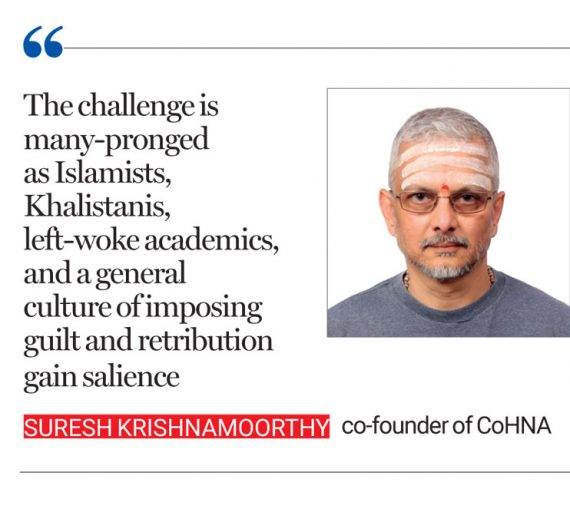
THE RECENT ANTI-HINDU violence in Bangladesh is yet another flashpoint where the dismissal of Sheikh Hasina as an autocrat and tyrant who suppressed dissent has resulted in a refusal to see how a minority became victims of those who overthrew the Awami League regime. CoHNA board member Pushpita Prasad, who trained in journalism at the Indian Institute of Mass Communication, told Open that the group’s network was able to pick up the initial instances of anti-Hindu violence due to the information shared by its members, some based in Bangladesh. The plight of the small minority of Hindus in Bangladesh remains largely ignored even as American television channels report on floods in the country and unsubstantiated allegations of India’s callousness in releasing waters downstream. The counterfactual of how much worse the situation would be if India’s dams had not delayed the passage of waters is ignored. Prasad said the protests against the Citizenship Amendment Act (CAA) in 2019 saw resolutions being passed in nine US cities. “We were being made part of the political debate in India and being accused of being part of alleged majoritarian agendas,” she said. The inaccuracies about the CAA, such as claims that it disenfranchises Muslims and is exclusionary, gained a hold even though the law is intended to help minorities from India’s neighbouring nations who are at the receiving end of violence and discrimination. The violence against Hindus in Bangladesh brings home the need for CAA and the path to Indian citizenship it offers to persecuted minorities, but the point continues to be lost amid accusations of how India has turned “anti-democratic” and “discriminatory” towards Muslims. Prasad points to instances like class exercises in schools in California that were intended to be introductions to different religions but present Hinduism in a negative light. “When it came to other religions, there were unexceptional references to places of worship like mosques but Hinduism was depicted as caste based with references to upper caste domination and exploitation of helpless widows,” said Prasad. The impact on young Indian Americans, who may not be very aware of the social conditions in India that their parents left behind decades ago, could be very disconcerting. Not only are the stereotypes sweeping but they also ignore efforts at empowerment of the socially disadvantaged in India by way of legislation and welfare action.
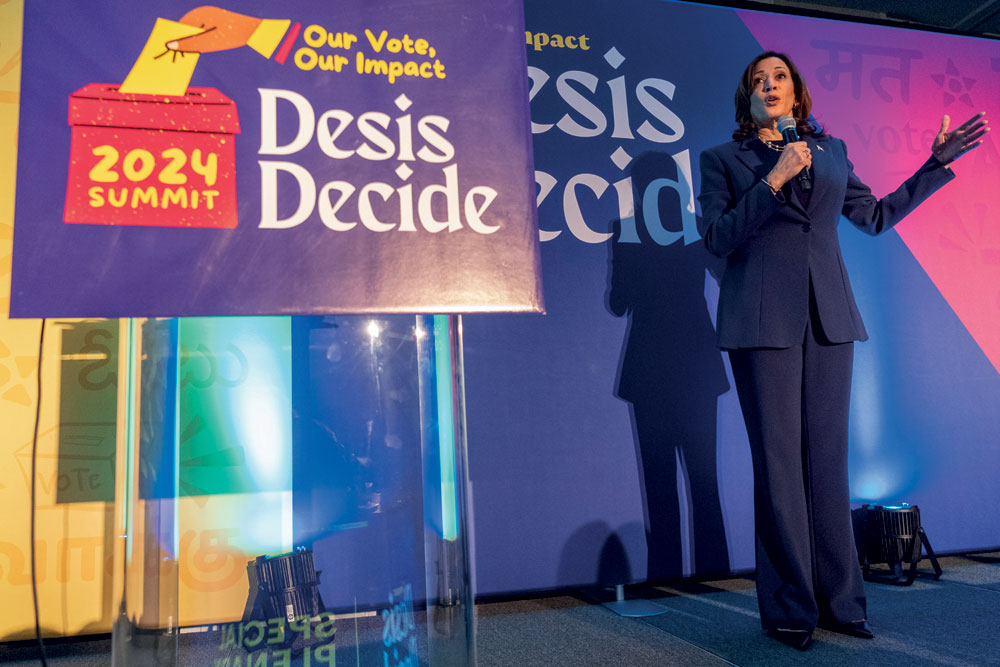
The candidacy of Kamala Harris does not necessarily sway choices as she is not seen to have actively associated with the Indian part of her ancestry. Some Indian Americans are distinctly worried about Harris’ economic policies which they feel might mean higher taxation and redistributive politics
A misleading moniker for studies relating to India is the ‘South Asian’ label that only serves to present a convergence that does not exist between populations. It has become a means to impose definitions of diversity and equality on a complex society and force-fit Indian Americans into straitjackets. Muni feels the agnosticism of Indian-origin people towards politics and association with Hindu causes is changing in the light of the growing conviction that without organisation and advocacy, they may find themselves grappling with adverse laws that actively discriminate against their interests. House Resolution 1131, moved by Representative Shri Thanedar, Democrat from Michigan, in April 2024 condemns attacks on Hindu places of worship, Hinduphobia, and anti-Hindu bigotry. Prasad argues there is a need to recognise ‘Hinduphobia’ so that law enforcement understands what anti-Hindu hate crimes are. “There is an instance where a person is accosted by a Khalistani in a restaurant and abused for eating vegetarian food and labelled a cow urine drinker. The police can see this as a matter between two people from the same original country. How can some weird-sounding abuses be hate crime?” she says. This needs to change as the context of the abuse needs to become evident to a law enforcement officer. The challenge, says Krishnamoorthy, is many-pronged as Islamists, Khalistanis, left-woke academics, and a general culture of imposing guilt and retribution gain salience. “Today a white person is under pressure to accept being an oppressor in any cultural context. To not do so will mean running the risk of being excommunicated,” he said. In this binary which has no exceptions, the Indian American and Hindu communities are vulnerable to the brute force of numbers that are stacked against them. Indian Americans supportive of a float depicting the Ram Mandir in this year’s parade to celebrate India’s Independence Day prevailed in overcoming opposition, arguing that they have a right to their beliefs and forms of representation.
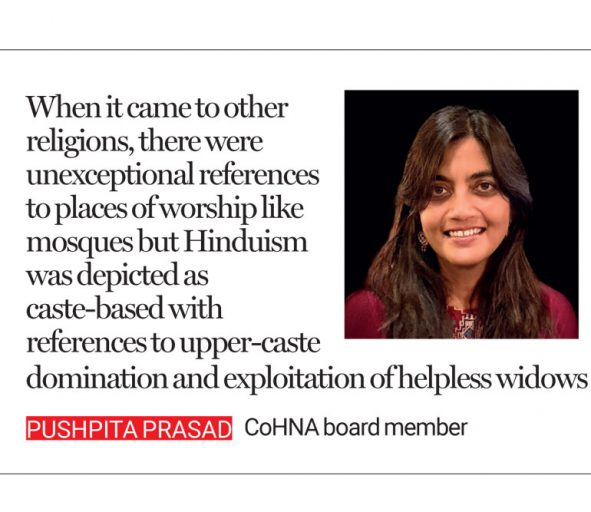
The changing perceptions about their identities and the threats they face are impacting the political choices of Indian Americans. Many like Krishnamoorthy voted Democrat for long but are considering their options. The candidacy of Vice President Kamala Harris does not necessarily sway choices as she is not seen to have actively associated with the Indian part of her ancestry. Though a ‘micro-minority’, accounting for less than 1.5 per cent of the American population, Indian Americans are very visible in cities and their higher educational status and prosperity make them important donors. Concentrations of Indian population in swing states like Georgia can make the difference in a close race as they are the largest group within the Asian American population in the state. While well-off and better educated Indian Americans usually lean Democratic, some in this demographic is distinctly worried about Harris’ economic policies which they feel might mean higher taxation and redistributive politics. The preference for Democrats was also based on the anti-immigrant line Republicans often adopted. Former President Donald Trump does so too, but he successfully made inroads into the Indian American community in 2016, holding out the promise of policies that encourage economic growth. In the context of the discussion on immigration too, the Indian American community is not on the same page as other communities, particularly those involved in largescale illegal immigration. There are, of course, a number of would-be illegals from India who undertake hazardous journeys or look to overstay visas and go underground. But Indian Americans are, on the whole, a model minority showcasing how to adapt to their adopted land and work honestly to build fortunes based on innovation and hard work.
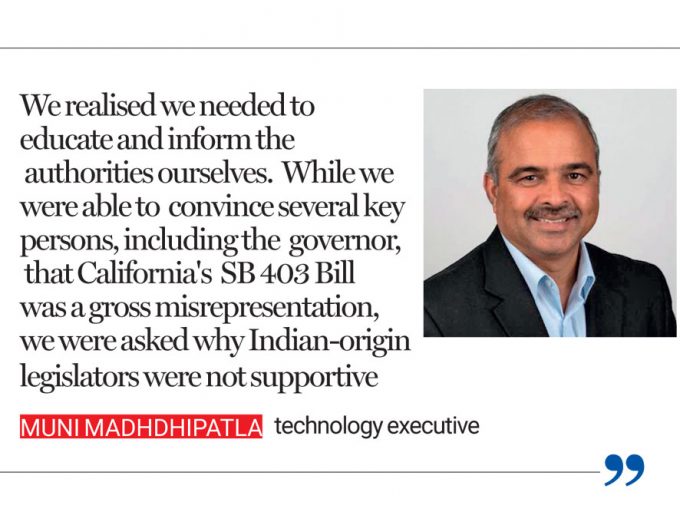
Indian Americans have had to shed some of their preferred anonymity, and it has not always been a voluntary exercise. Circulation of anti-Hindu messaging, attacks on temples, instances hate and abuse in public spaces and organised attacks from Islamist, leftist and Khalistani groups have brought home a new susceptibility. The change in attitudes is not even and by no means sweeping as old fears about losing visa rights or attracting unwelcome attention are hard to abandon. But there is a new articulation and groups like CoHNA and professionals like Muni are working to create awareness about rights and urge the community not to take slights lying down. There are any number of WhatsApp groups that discuss matters relating to culture and politics, including developments in India, and weekend meetings to organise opinion are increasingly common. Given their resources and emergence of Indian-origin politicians like Nikki Haley and Vivek Ramaswamy, Indian Americans are gaining more traction. In some ways, these politicians are more representative and acceptable than Harris whose Indian connection has never been very prominent.

/wp-content/uploads/2025/06/Cover-OpenMinds2025.jpg)






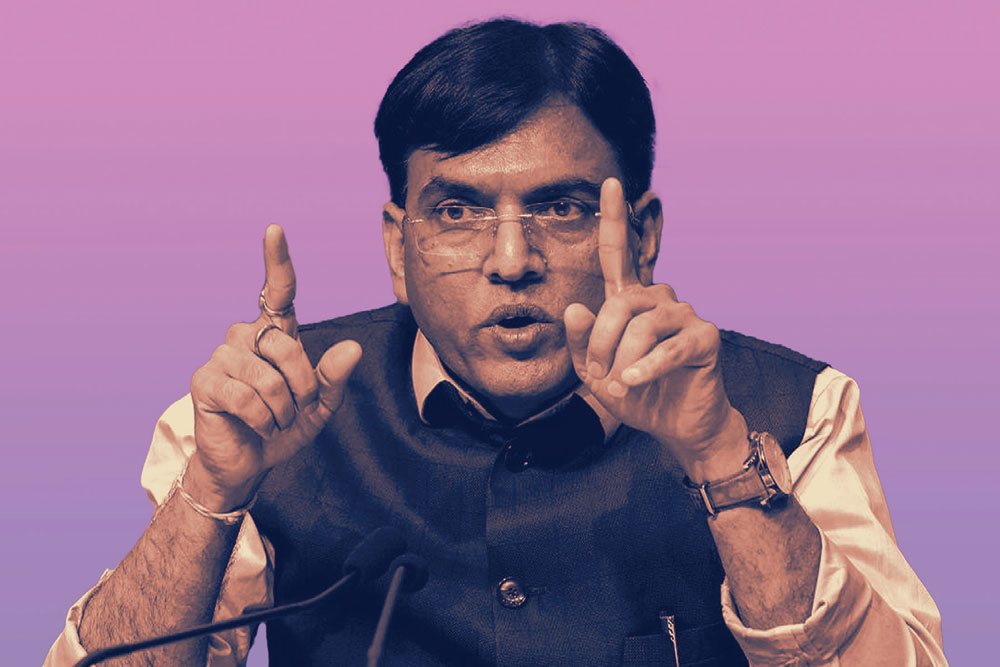
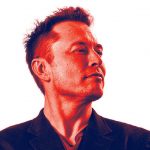
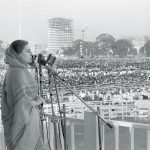
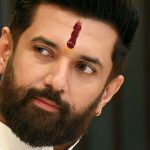
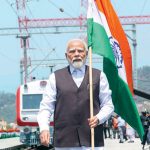

More Columns
'Gaza: Doctors Under Attack' lifts the veil on crimes against humanity Ullekh NP
Armed with ILO data, India will seek inclusion of social security in FTAs Rajeev Deshpande
Elon Musk Returns to Rebellion Mode Against Trump Open